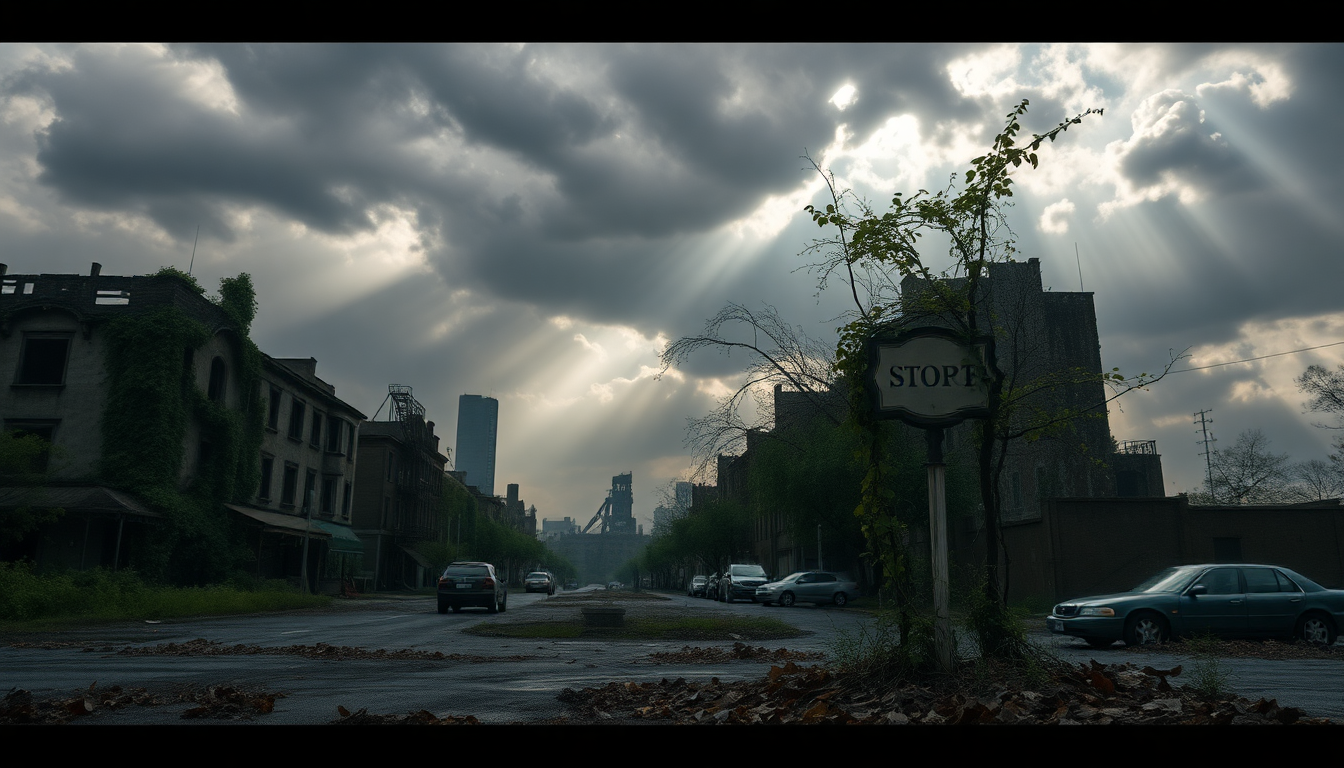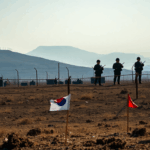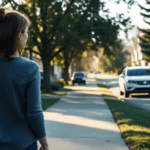Table of Contents
As the horror genre keeps evolving, the recent release of “28 Years Later” stands out as a pivotal moment in cinematic history. Directed by Danny Boyle and written by Alex Garland, this film brings together the brilliant minds behind the cult classic “28 Days Later.” Set in a haunting post-apocalyptic world, it dives into themes of survival, memory, and our deep-seated fear of the unknown.
Curious about what makes this film so significant? Let’s explore its development, ties to contemporary issues, and the changing landscape of horror cinema.
Revisiting a Classic: The Creative Process
The collaboration between Boyle and Garland has always yielded remarkable results, but it took years for them to venture back into this franchise.
Revisiting “28 Days Later” wasn’t just about nostalgia; it was a conversation that grew over time. Garland shared that their early attempts at scripting faced hurdles, as the story felt too clichéd. Interestingly, those missteps paved the way for a broader and more ambitious narrative.
Isn’t it fascinating how creative processes can lead to unexpected breakthroughs? This journey underscores the necessity of adaptability in filmmaking, especially in a genre that thrives on innovation.
Even with the ongoing global pandemic, the film doesn’t focus on COVID-19.
Instead, it examines the larger implications of weaponizing fear—a theme that has become increasingly relevant in our world today. The characters navigate a landscape filled with both undead and living threats, driving home the idea that danger can emerge from various sources.
This duality is essential in modern horror, reflecting our societal anxieties and the complexities of human behavior during crises.
Thematic Depth: Memory and Regression
One of the film’s most captivating aspects is its deep dive into memory and our tendency to romanticize or misremember the past.
Boyle and Garland aim to show how nostalgia can create a kind of collective amnesia, where society picks and chooses memories that fit a more appealing narrative. Through the experiences of the film’s characters, we’re reminded of how fragile memory is and how it shapes our understanding of reality. Have you ever caught yourself remembering an event differently than how it actually happened?
The visual storytelling in “28 Years Later” amplifies this theme. Using innovative filming techniques, including shooting on iPhones, the creators wanted to deliver a visceral experience that pulls the audience into the characters’ journey. This approach not only captures the rawness of their circumstances but also aligns with the genre’s tradition of maximizing emotional impact through powerful visuals.
The Future of Horror: Audience Dynamics and Film Experience
The horror landscape has transformed dramatically since the original film debuted. Boyle highlights the growing significance of female audiences in this genre, challenging the outdated notion that horror is predominantly a male domain. This shift is vital for the genre’s sustainability and relevance, introducing diverse perspectives and stories that resonate with a wider audience. Isn’t it exciting to think about the range of voices that can redefine horror?
Additionally, the communal experience of watching horror films in theaters remains crucial. As viewers crave shared experiences, the thrill of confronting fear together fosters a unique bond. In our tech-driven age, where solo viewing has become the norm, the magic of the cinema endures. The anticipation of shared gasps, screams, and laughter creates an unmatched dynamic, reminding us why horror films continue to thrive on the big screen.





